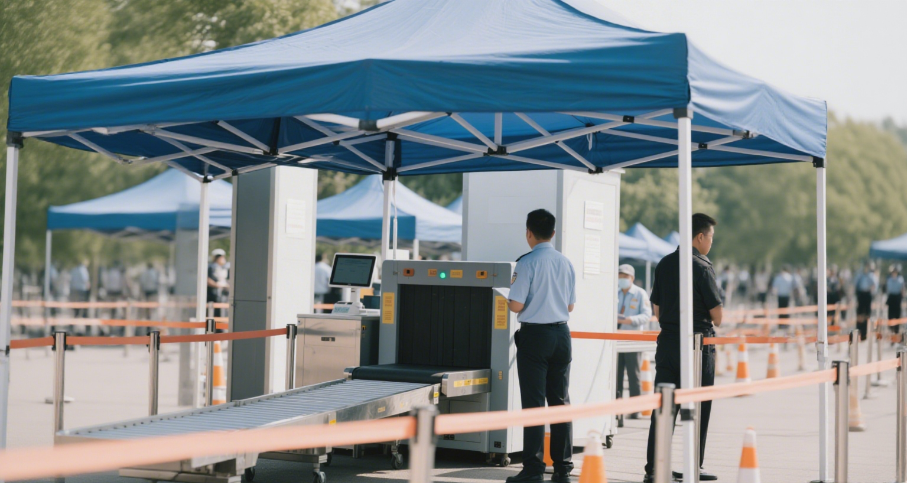Event Security Tips: How Many Staff You Need and What Are The Right Walkie Talkie For The Job
Two-way Radio
Big Events like live concert are very popular these days. As living standards improve, people have more time and money to enjoy life. What's more important than seeing live your favorite artist ? From the organizer's point of view, bringing tens of thousands or even over 100,000 people into one stadium should put safety into the top priority.
So, how do teams make sure event planning go smoothly, safely, and on time? It all comes down to communication and security radio, also as walkie talkies we all know.
How Many Staff Do You Need to Keep a Crowd Safe?
Here's a quick look at how staff usually work depending on the event size:
● Smaller events (fairs, exhibitions, local gatherings):
Around 1 security person for every 50–100 attendees.
Example: 1,000 attendees = 10–20 security staff (for inspections, patrol, and emergency support).
● Larger or higher-risk events (concerts, sports games, political rallies):
Need long range 2 way radios, usually 1 staff per 30–50 people.
Example: A concert with 10,000 people may require 200–300 police officers and security personnel.
● Massive events (Olympics, World Expo, large-scale New Year's Eve shows):
These require full-scale coordination with police, fire, medical teams, and volunteers. The ratio can reach 1:20 or even higher, plus support from intelligent monitoring systems.
No matter the size or risk level—all teams rely on the right radio communication tools to stay connected.
How to Choose the Right Walkie talkie or Radio System?
The communication setup is mainly in digital radio and trunking system and depends on how big the event is:
Under 1,000 attendees: Digital two-way radios + repeater
1,000–5,000 attendees : DMR Trunking Lite system
Over 5,000 attendees: DMR Trunking Pro system
For mobile events like marathons, flexibility is key. Public security often uses PDT 350M radios. In blind zones or weak signal spots, mobile base stations can be deployed. Need stronger protection? Add AES-256 encryption for confidential comms in DMR trunking systems.

Hytera offers different options depending on your needs, including:
● HR1060 Repeater + HP78X Radios
● XPT (Extended Pseudo Trunking) System
● DS-6250S DMR Trunking Cube Base Station
● DS-6211 DMR Trunking Lite Base Station
One thing to remind is that the HR1060 supports SNMP 3.0-based user login and encryption. The HP780 secures voice calls with 256-bit encryption and up to 30 random keys—certified by CNAS for trusted performance.
9How It All Works Behind the Scenes
Once everything's set up, the next step is real-time coordination.
1) Channel Setup
● Level 1 (Command Channel):
Used by the event command center for top-level coordination and emergency response.
● Level 2 (Functional Groups):
Separate channels for police, fire, medical, security, and volunteers to avoid cross-talk between departments.
● Level 3 (Area Groups):
● Channels divided by area: entrance, stage, parking, backstage, etc.
● Backup Channels:
Always have 2–3 backup frequencies ready in case of unexpected interference.
2) How to Quickly Deploy Temporary Checkpoints
● Use a field strength meter to test signal strength at temporary checkpoints.
● Make sure signal is stronger than -90dBm. If not, deploy a portable repeater with vehicle power or a mobile power bank.
● Use a DMR or PDT trunking system to dynamically assign temporary channels to each area.
3) Prevent Signal Interference
●Space channels at least 25kHz apart to prevent crosstalk.
●Avoid overlapping with public bands like FM radio or amateur frequencies.
●Limit usage to 300 terminals per channel to avoid overload or dropped communication.
4) Keep Communication Private
●Equip all terminals with hardware encryption cards.
●Block unauthorized or unencrypted devices from accessing the network.
●Synchronize encryption keys at least 48 hours before the event to ensure data privacy.






